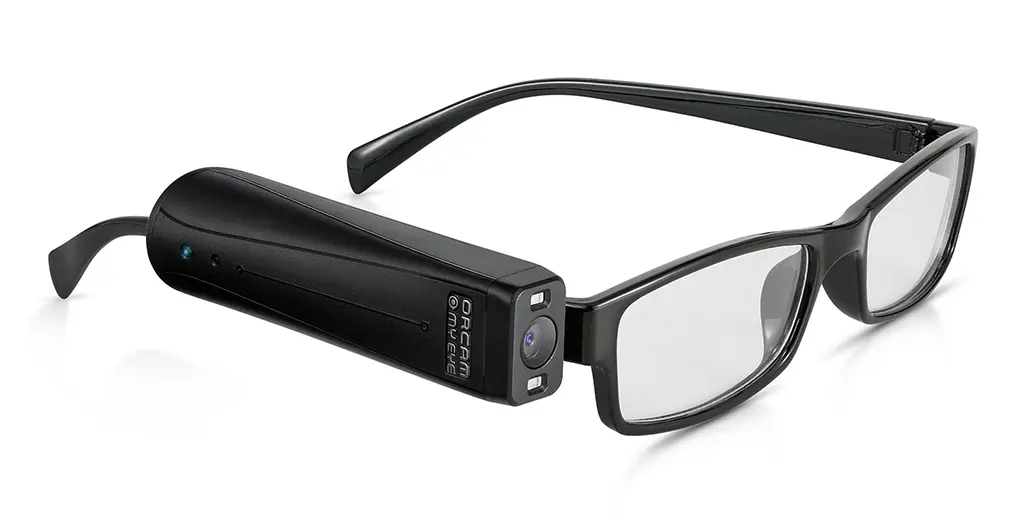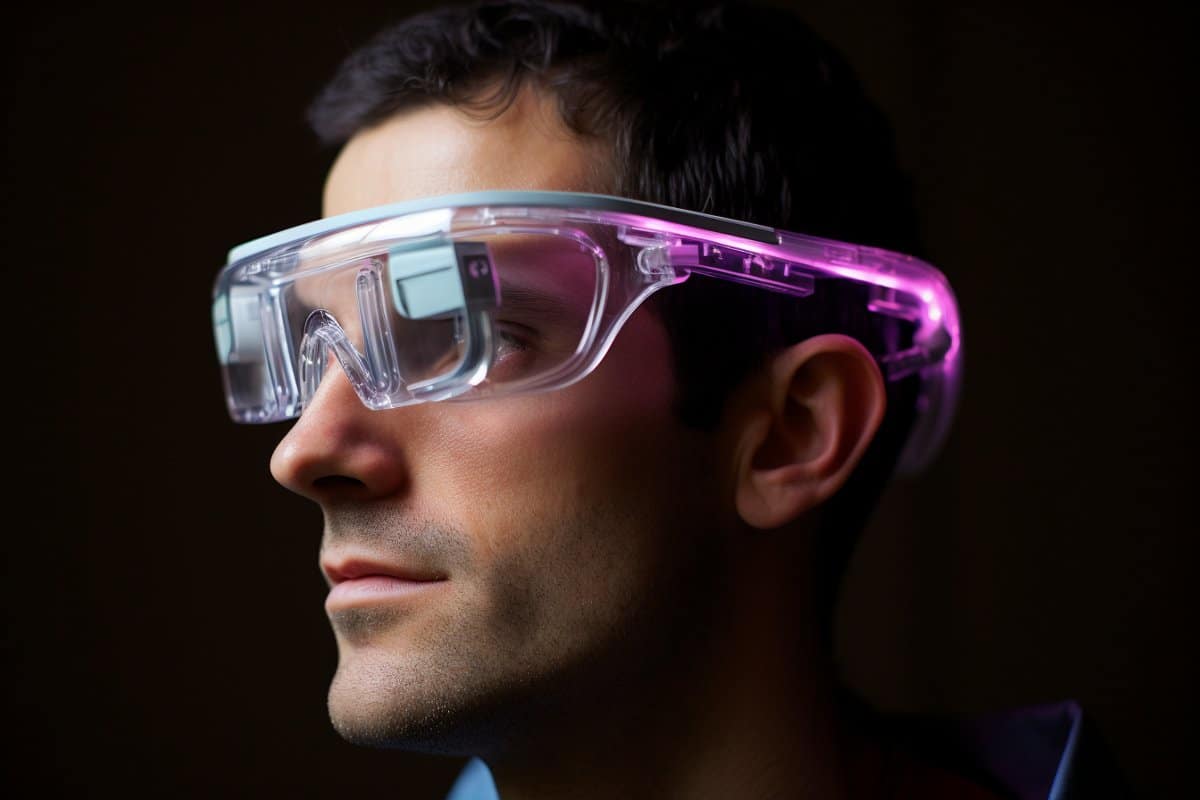Enhancing Availability With Assistive Innovation for the Blind
The combination of assistive innovation for the blind stands for a crucial innovation in access, fundamentally modifying exactly how individuals browse their settings and engage with culture. As we explore the varied kinds of assistive gadgets and their tangible effects on day-to-day living, it comes to be vital to check out exactly how continuous technical developments are reshaping the landscape of support for the blind area.
Review of Assistive Technology
Assistive innovation describes a series of gadgets and software application developed to improve the capabilities of individuals with handicaps, consisting of those that are blind or aesthetically impaired. This technology plays a critical function in advertising self-reliance and enhancing the lifestyle for individuals. By providing different techniques for accessing information and carrying out day-to-day jobs, assistive innovation equips people to browse their settings better.
The growth and execution of assistive technology embrace a variety of principles targeted at fostering availability. These principles consist of user-centered design, which prioritizes the requirements and choices of the person, and the integration of modern technology right into everyday activities. Such improvements ensure that assistive tools are not only practical however very easy and additionally instinctive to make use of.
Additionally, assistive modern technology incorporates a diverse range of services, from low-tech choices like magnifiers to modern technologies such as screen viewers and Braille displays. The ongoing advancement of this field is driven by the requirement to attend to the one-of-a-kind difficulties faced by individuals with aesthetic disabilities (Wearable technology for low vision). As technology proceeds to breakthrough, the potential for improving ease of access and promoting inclusivity stays appealing, inevitably contributing to a much more equitable culture

Kinds of Assistive Tools
Numerous types of assistive tools are readily available to sustain individuals who are blind or visually damaged, each designed to address details demands and difficulties. These devices can be extensively classified into 3 major types: low-tech, mid-tech, and sophisticated solutions.
Low-tech gadgets include things such as magnifiers, Braille tags, and responsive maps. These are relatively simple tools that enhance the user's capacity to engage with their atmosphere without requiring complicated modern technology.
Mid-tech tools typically include extra innovative features, such as electronic magnifiers and mobile Braille note-takers. These gadgets can supply functionalities like speech result, permitting users to gain access to info extra effectively.

Impact on Daily Living
The accessibility of various assistive gadgets considerably boosts the lifestyle for individuals that are blind or visually damaged, affecting their day-to-day living in profound means. By incorporating technologies such as display visitors, Braille displays, and audio description services into their regimens, users acquire greater autonomy and self-reliance. These tools assist in access to information, enabling people to do day-to-day jobs, such as reading emails, browsing public areas, and enjoying media web content.
Furthermore, assistive gadgets empower individuals to engage more completely in social interactions and area tasks. The capacity to utilize smartphones geared up with accessibility features permits seamless interaction and connection with others. This connection promotes a sense of belonging and minimizes feelings of seclusion.
In expert settings, assistive innovation supports performance by allowing people to full job jobs effectively. Devices like voice acknowledgment software application and specialized magnifying gadgets allow users to take part in the workforce on equal footing with their sighted peers.

Improvements in Innovation
Current technological innovations have considerably changed the landscape of tools offered for individuals that are blind or aesthetically damaged. The assimilation of artificial intelligence (AI) and machine understanding has generated applications that enhance navigating and object recognition. As an example, mobile phone apps can now utilize AI to identify and describe environments in real-time, supplying customers with beneficial contextual details.
Furthermore, improvements in haptic innovation have caused the growth of smart walking sticks equipped with sensors that spot obstacles and offer responsive responses. This encourages individuals to browse their atmosphere with increased confidence and freedom. Advancements in text-to-speech software application and braille display screens have improved the pop over here ease of access of digital web content, allowing for seamless communication with different media.
Wearable innovations, such as clever glasses, are additionally making strides in aiding aesthetic problems. As technology continues to advance, the capacity for also more transformative tools stays on the horizon.
Future Trends and Innovations
As innovation swiftly progresses, the future of assistive devices for people who are blind holds enormous assurance. Advancements in expert system (AI) and device knowing are positioned to revolutionize the way blind customers engage with their atmospheres. AI-driven applications are being developed to boost things recognition, permitting users to identify and navigate their surroundings with higher simplicity and precision.
Additionally, developments in haptic feedback innovation are enabling the production of responsive maps and navigation help that give real-time information via touch. These advancements not only enhance movement yet also foster self-reliance. Additionally, wearable tools geared up with increased reality (AR) features are emerging, providing individuals aesthetic info through sound descriptions, thereby bridging the space in between the physical and electronic worlds.
Furthermore, the combination of wise home eyeglass center technology provides brand-new chances for access, enabling people to control their living atmospheres through voice commands or smartphone applications. As collaboration between technology designers and the blind area continues, the concentrate on user-centered style will ensure that future innovations useful source are tailored to meet the special needs of this population (Wearable technology for low vision). The trajectory of assistive technology assures a much more empowering and inclusive future for individuals who are blind
Conclusion
In final thought, assistive technology plays a critical duty in improving availability for people with visual problems. The varied variety of devices, consisting of screen viewers and smart canes, dramatically enhances daily living and promotes self-reliance. Continuous developments in modern technology and user-centered style make sure that these tools cater properly to the distinct needs of the blind community. As developments progress, boosted inclusivity and empowerment can be expected, ultimately enriching the lifestyle for those impacted by aesthetic impairments.
The integration of assistive innovation for the blind stands for a pivotal innovation in access, basically modifying just how individuals navigate their settings and engage with culture.Assistive modern technology refers to a range of devices and software developed to enhance the abilities of individuals with disabilities, including those who are aesthetically damaged or blind. Wearable technology for low vision.As innovation rapidly progresses, the future of assistive tools for individuals who are blind holds tremendous promise. The trajectory of assistive technology guarantees an extra comprehensive and empowering future for people that are blind
In conclusion, assistive modern technology plays a vital role in boosting availability for individuals with aesthetic problems.